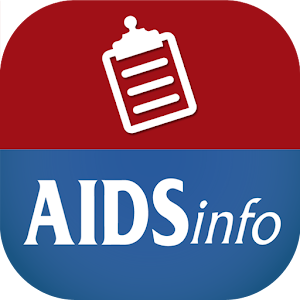|
|
 NCC News
The National Chlamydia Coalition Newsletter
Issue 78: January 31, 2016
|
|
|
Find the NCC on Facebook!

To follow the NCC, simply visit our page and click the "like" button. Don't forget to share it with your friends and colleagues!
| | |
|
|
|
|
Dear Colleague,
Welcome to NCC News. This online newsletter is designed to keep you up-to-date on the NCC and share news, research, and resources related to chlamydia, STDs, and sexual health. Feel free to share this with your colleagues who also may find it of use.
|
 |
More than Half of Sexually Assaulted Teens Are Not Tested for STDs by Emergency Departments
|
A new study finds that more than half of sexually assaulted teens  who present to an emergency department are not tested for STDs or given preventive medication. The Centers for Disease Control and Prevention recommends services to offer to sexual assault survivors, which include screening for chlamydia and gonorrhea and providing antibiotic prophylaxis. Researchers examined data on 12,687 cases of sexual assault among 12- to 18-year-olds at 38 emergency departments.They found wide variation in rates of screening and providing preventive medication among emergency departments participating in the study. Teens who presented at an emergency department that had a protocol for sexual assault survivors were 50% more likely to receive prophylaxis than elsewhere. The study was published in Pediatrics in December.
|
 |
Apps Now Available for STD and HIV/AIDS Treatment Guidelines
|
 Two recently released apps allow health care providers to access treatment guidelines for STDs and HIV/AIDS on their mobile devices. The Android version of the 2015 STD Treatment Guidelines mobile app has a great new look and an up-to-date design with the latest version of the Android OS. Both the Android and Apple versions now have the ability to receive Push Notifications that can alert the user to new versions of the app or other updates. Also, both versions allow users to share info about the app with colleagues via Facebook, Twitter, email and text.
The HIV/AIDS Guidelines app provides mobile access to the  federally approved HIV/AIDS treatment guidelines federally approved HIV/AIDS treatment guidelines. The app automatically refreshes guidelines content when the user is connected to a wireless or cellular data network. When wireless Internet access is not available, app users can view and search the guidelines offline. Available for both iOS and Android devices, the free AIDSinfo Guidelines app includes features that allow for personalizing the app to meet individual needs.
|
|
|
2016 STD Prevention Conference Now Accepting Abstracts
|
Abstracts are being accepted for the 2016 STD Prevention Conference. The Conference theme of Transcending Barriers. Creating Opportunities., offers you the perfect opportunity to share your work in the areas of STD prevention research, program, policy, diagnosis, and treatment.
Abstract submissions are peer-reviewed for scientific content, logical presentation, timeliness, and current interest of the topic to the scientific community. Abstracts must be submitted no later than Monday, April 25, 2016 at 11:59pm PST. Instructions for submitting an abstract and a new resource to help guide you through the development process are available at the 2016 STD Prevention Conference website. The conference will be held September 20 - 23 in Atlanta.
|
|
|
Research Shows Some Success in HPV Vaccination
|
New research shows that teen girls in poor or predominately Hispanic communities are more likely to have received at least one dose of the HPV vaccine than girls in other communities. Researchers studied CDC data from 2011 and 2012 for more than 20,500 girls aged 13-17. At least 53% of all the girls received at least one dose in each year. Girls from predominately Hispanic communities had the highest vaccination rate at 69%. Girls from predominately white communities had the lowest vaccination rate at 50%. Girls from mostly black communities had the second lowest rate at 54%. Poverty also influenced vaccination rates. In communities where 20% or more of residents lived below the federal poverty line, girls were 1.2 times more likely to have begun vaccination than girls in wealthier communities. The study was published in Cancer Epidemiology, Biomarkers & Prevention in January.
|
|
|
|
|
|
|
|
|
|
|